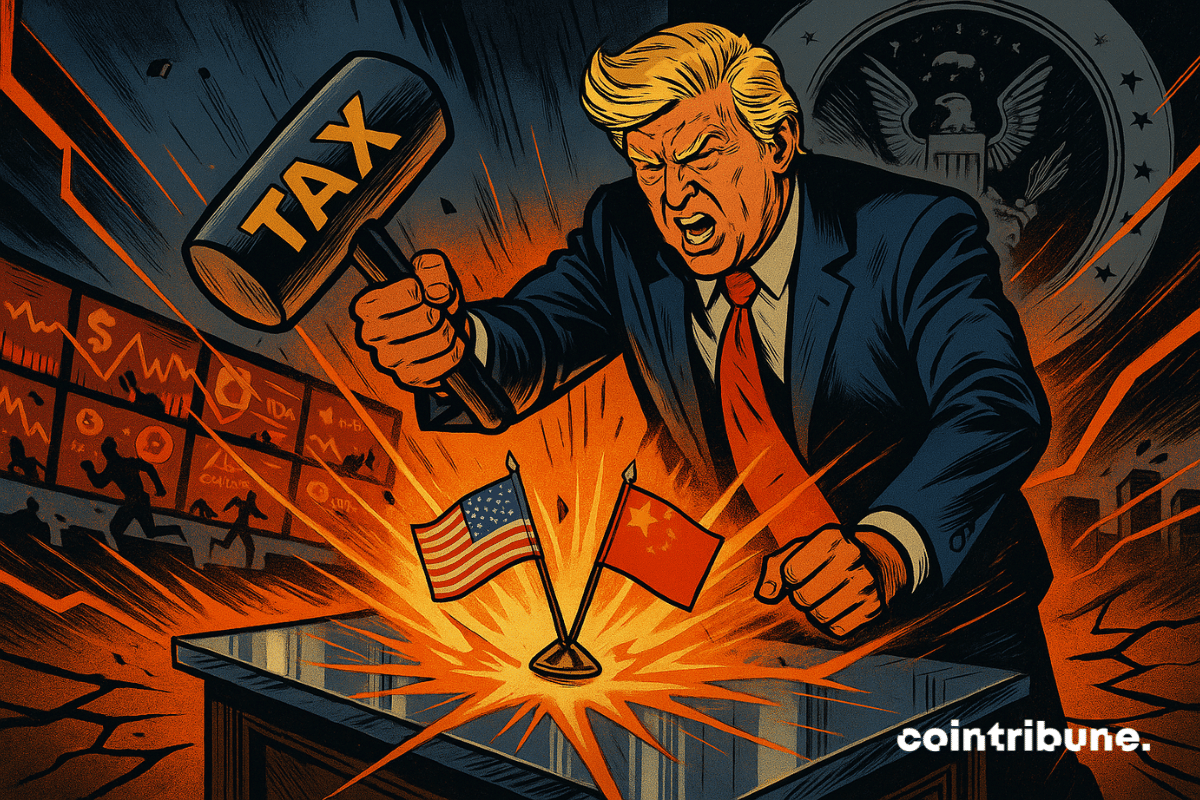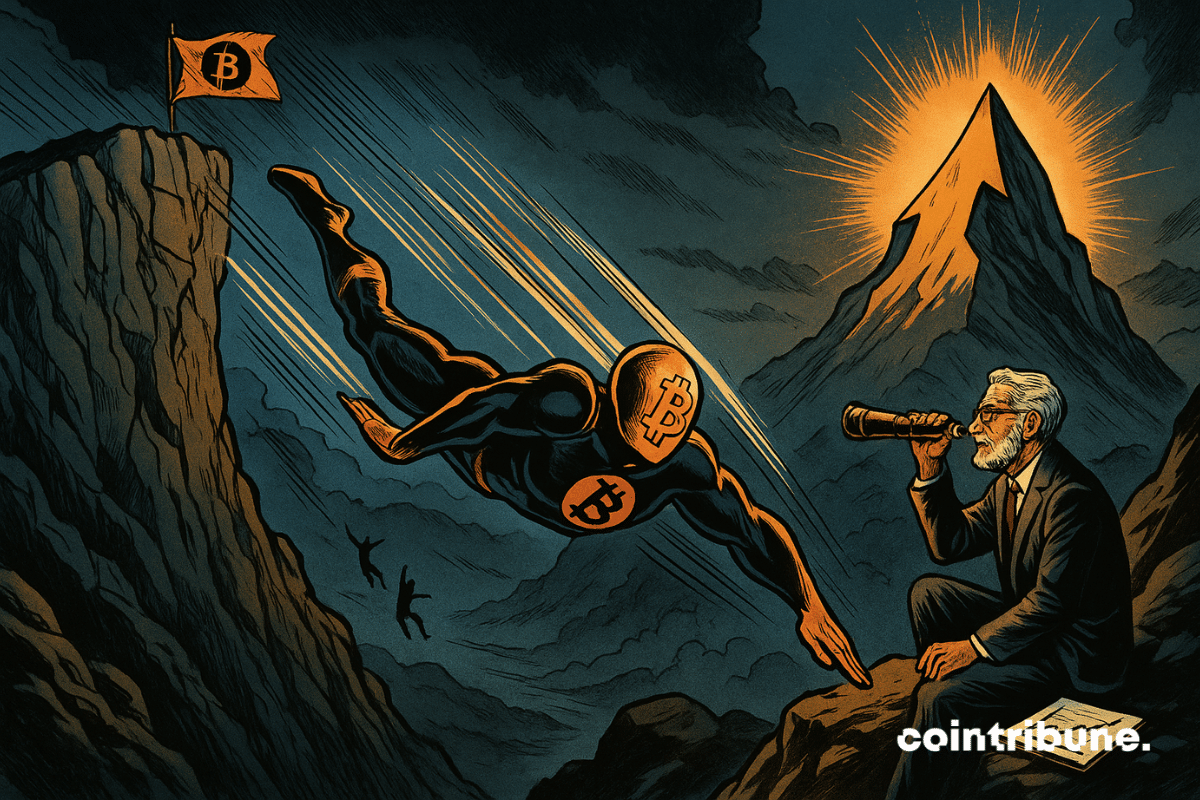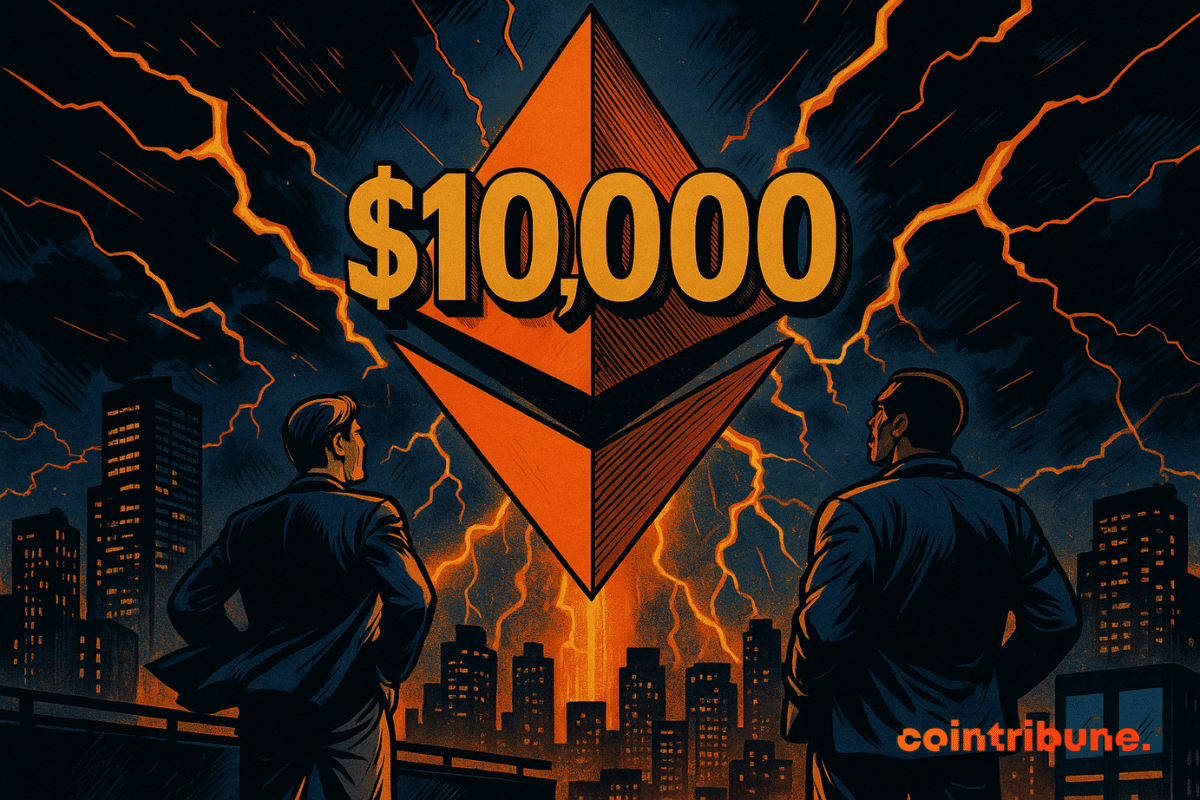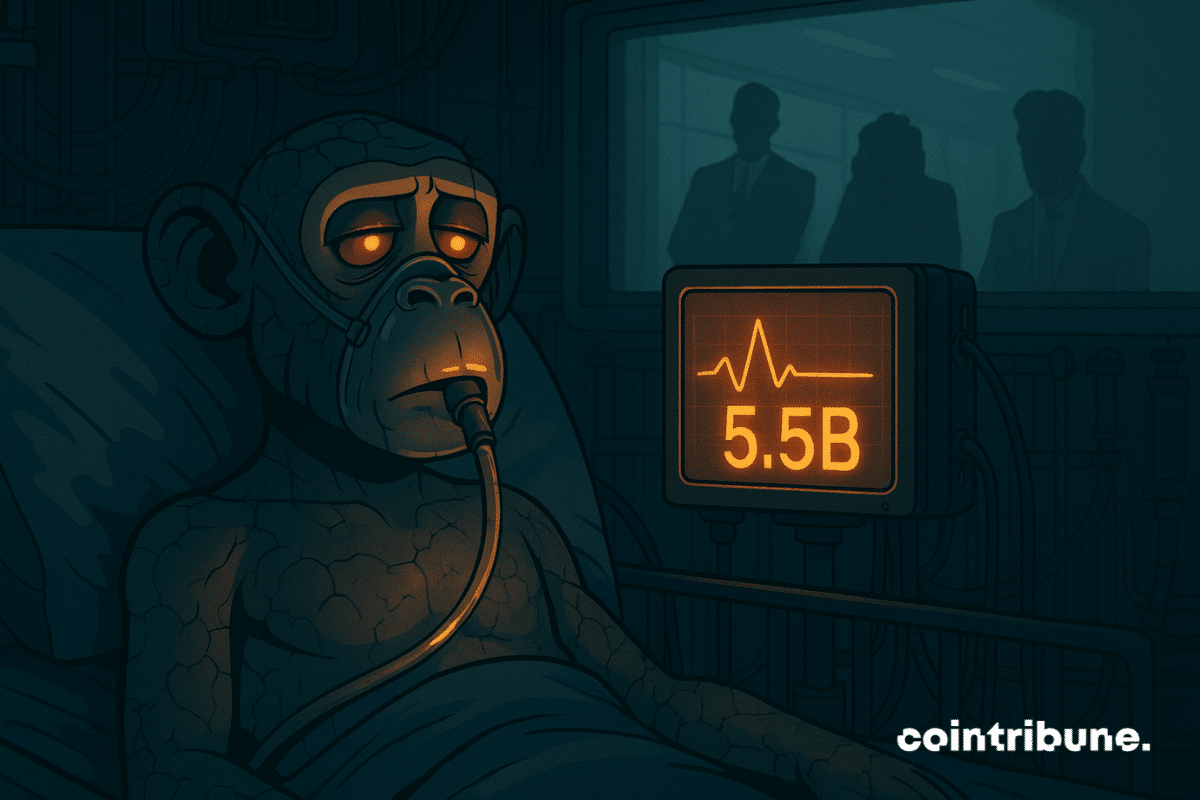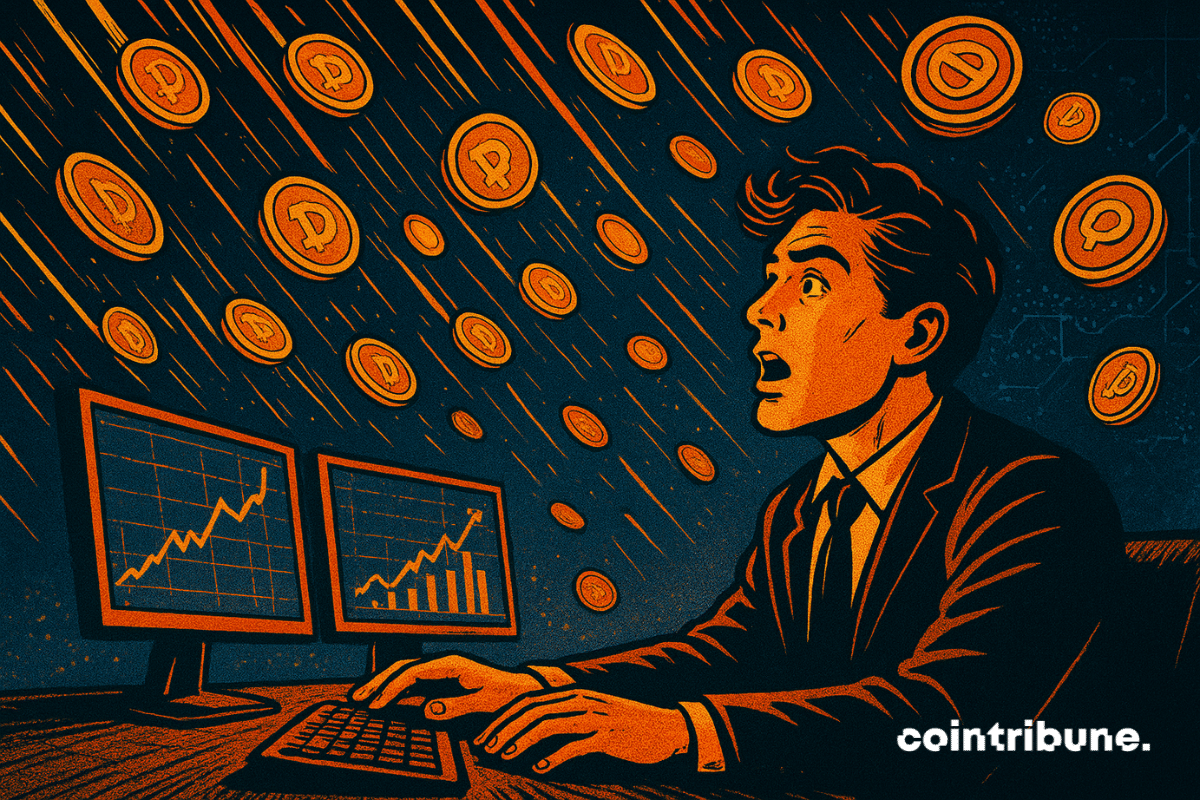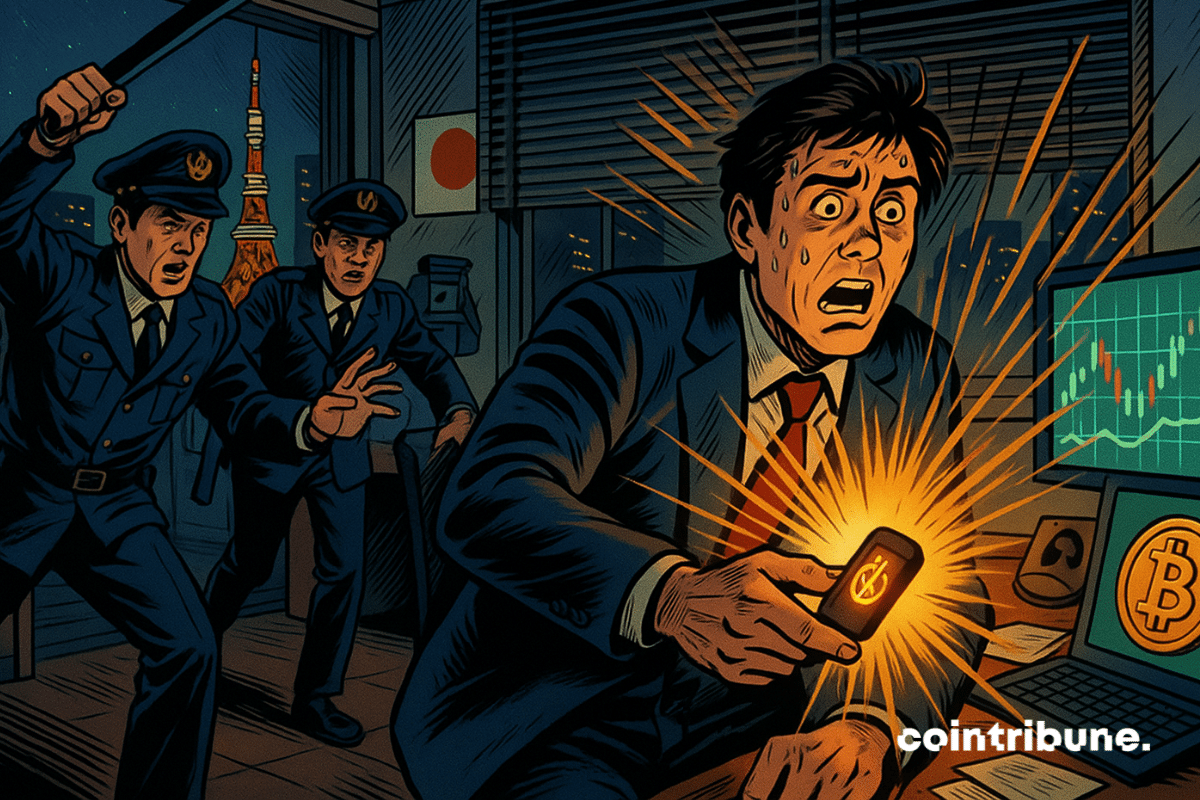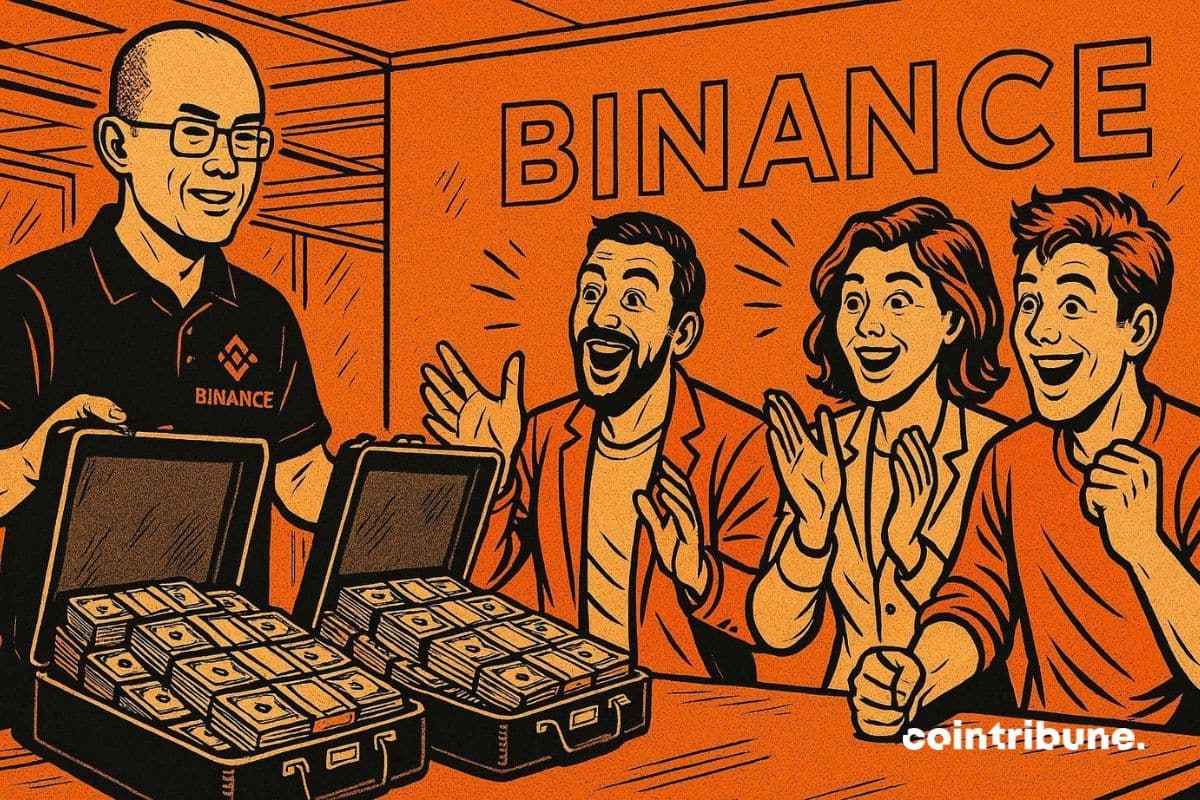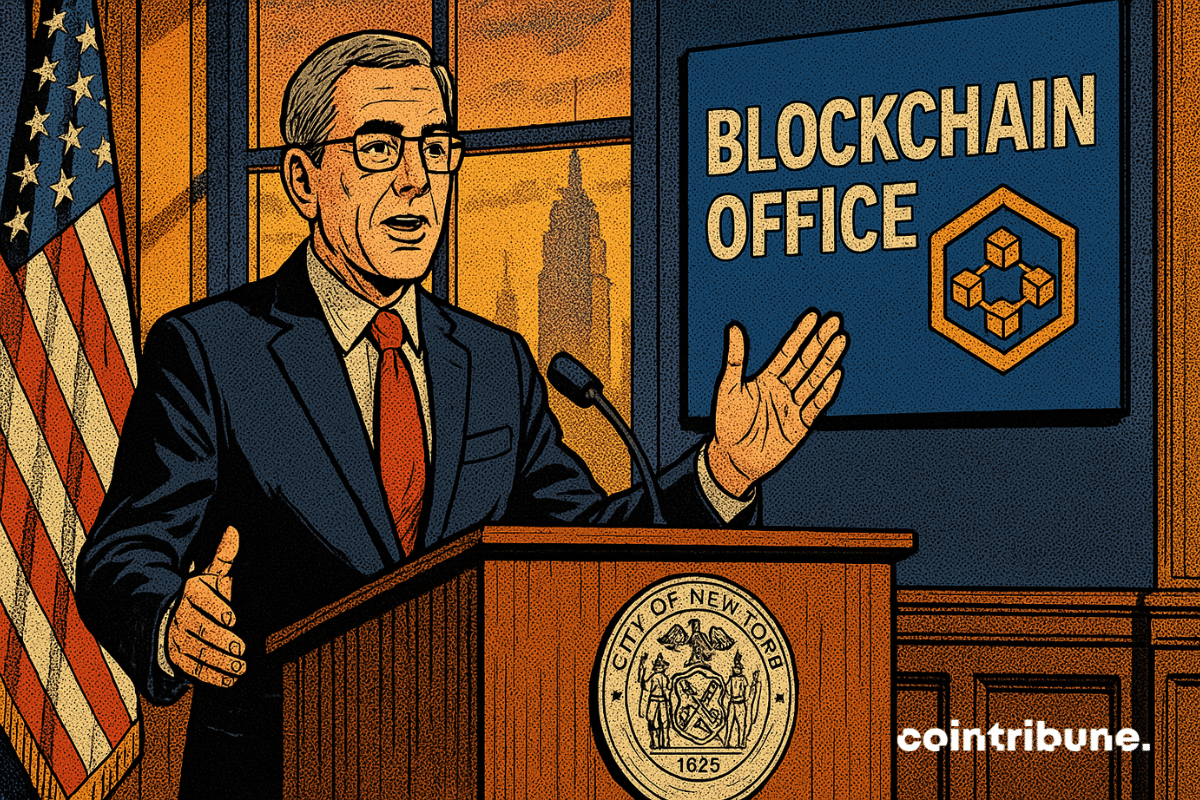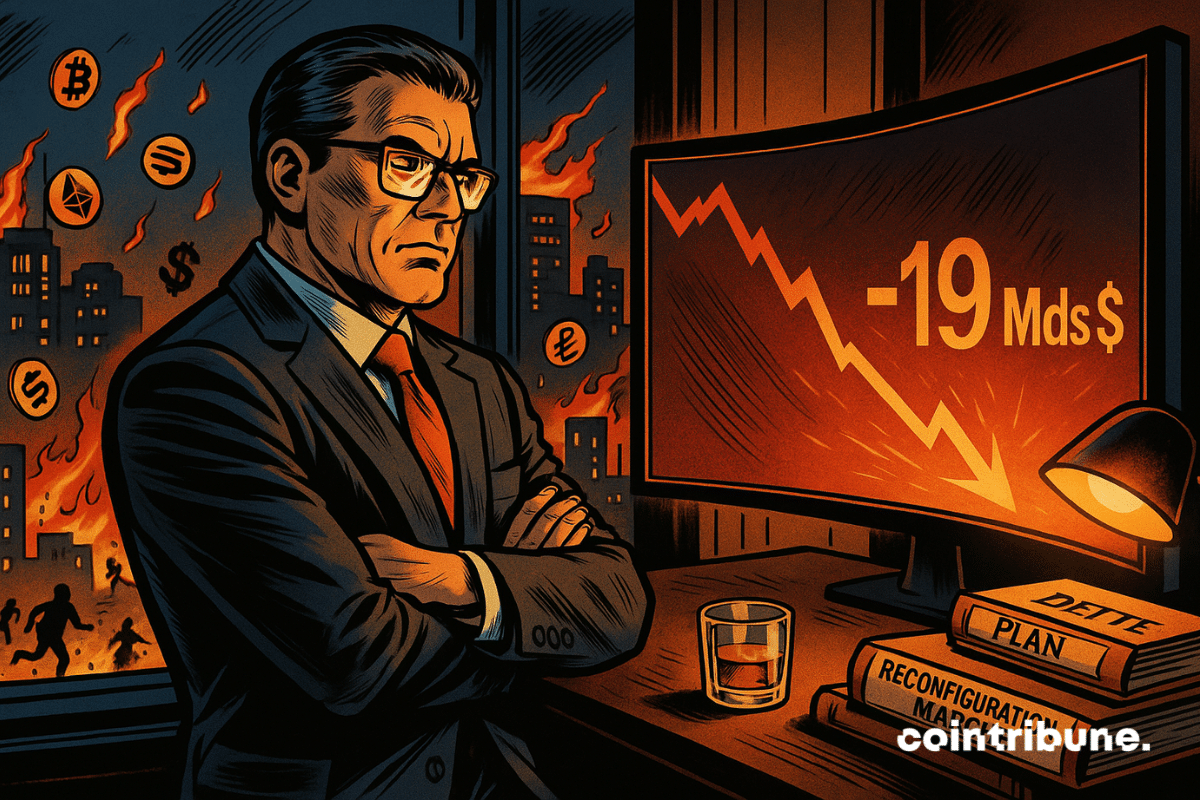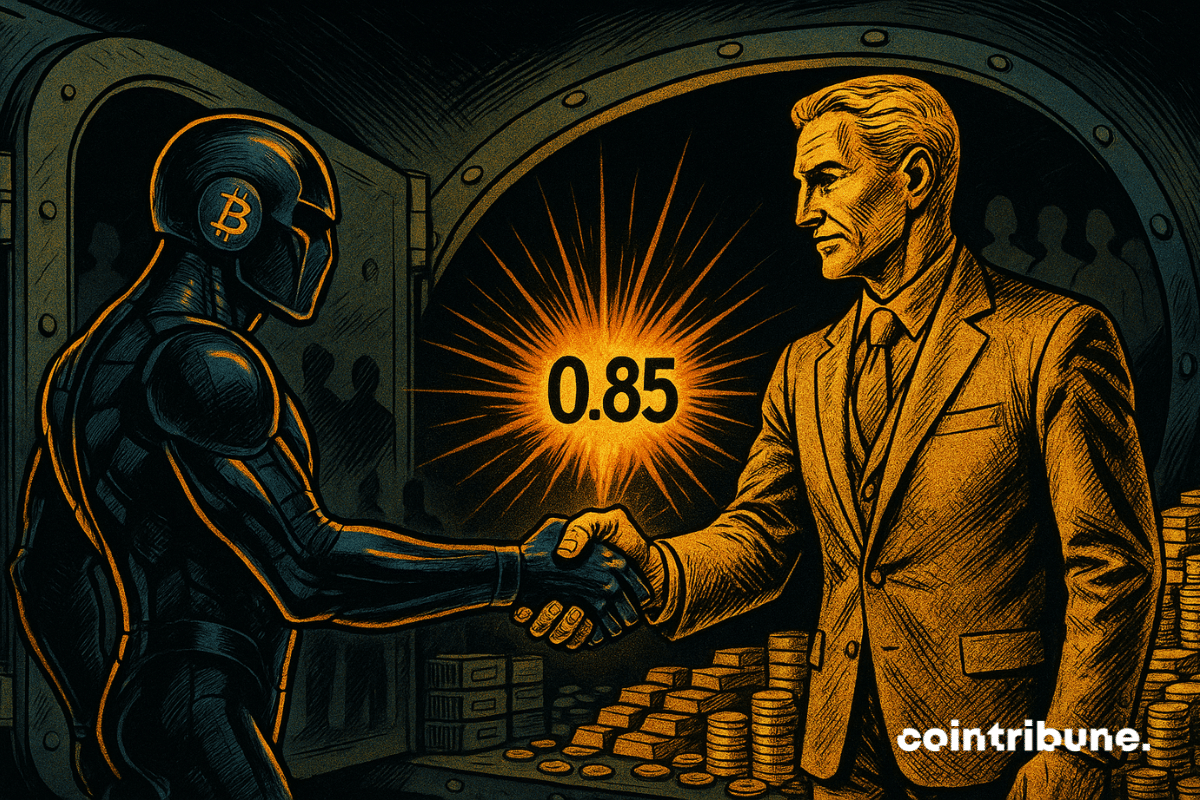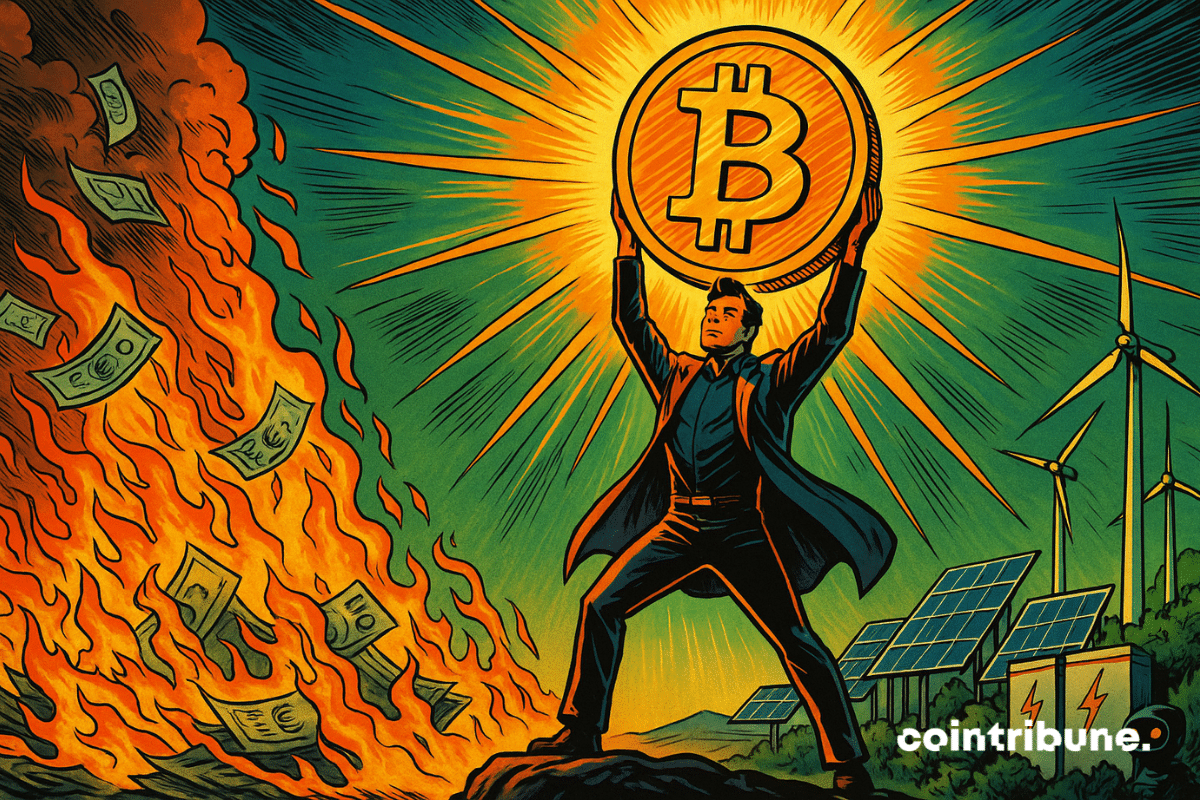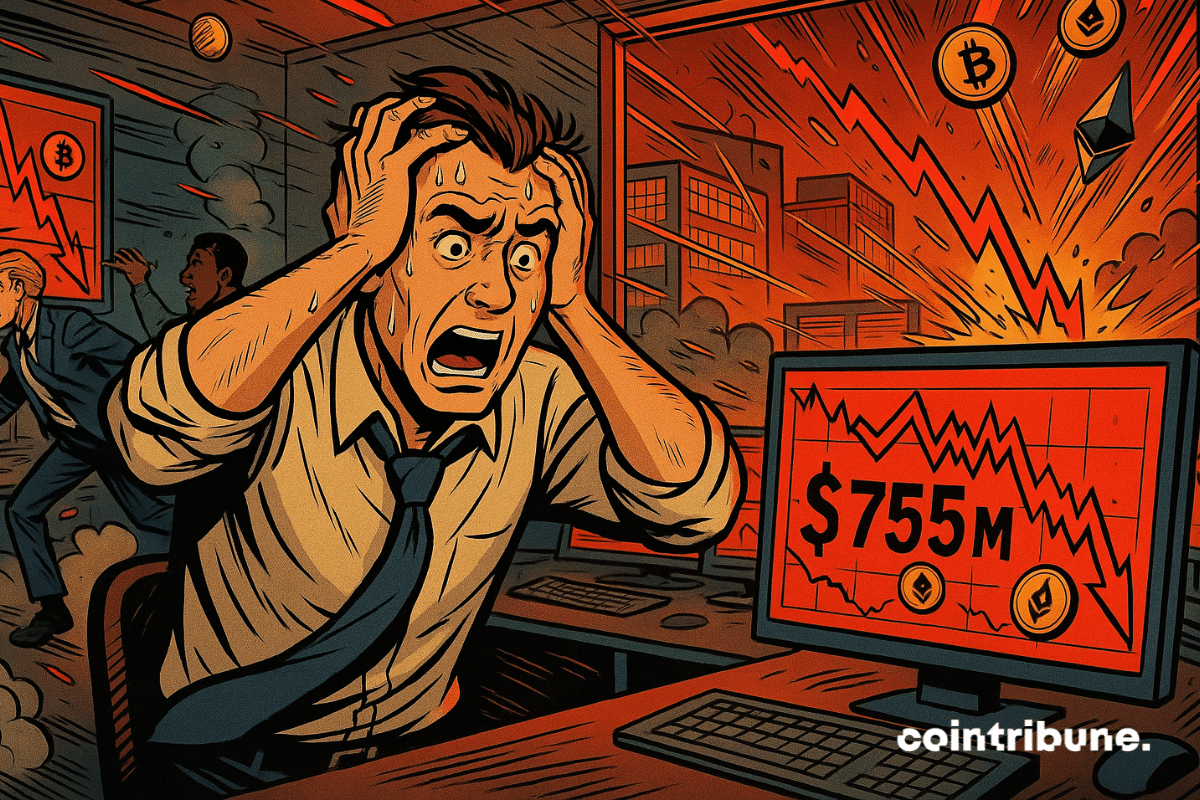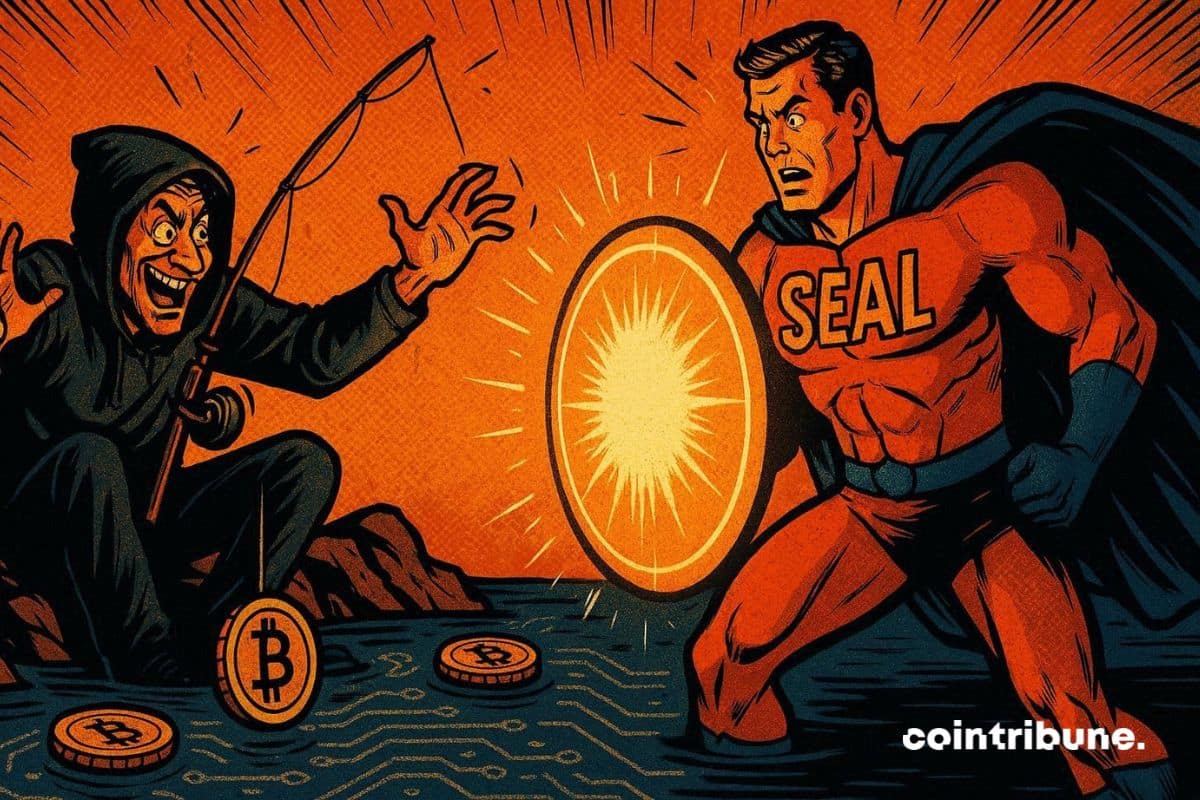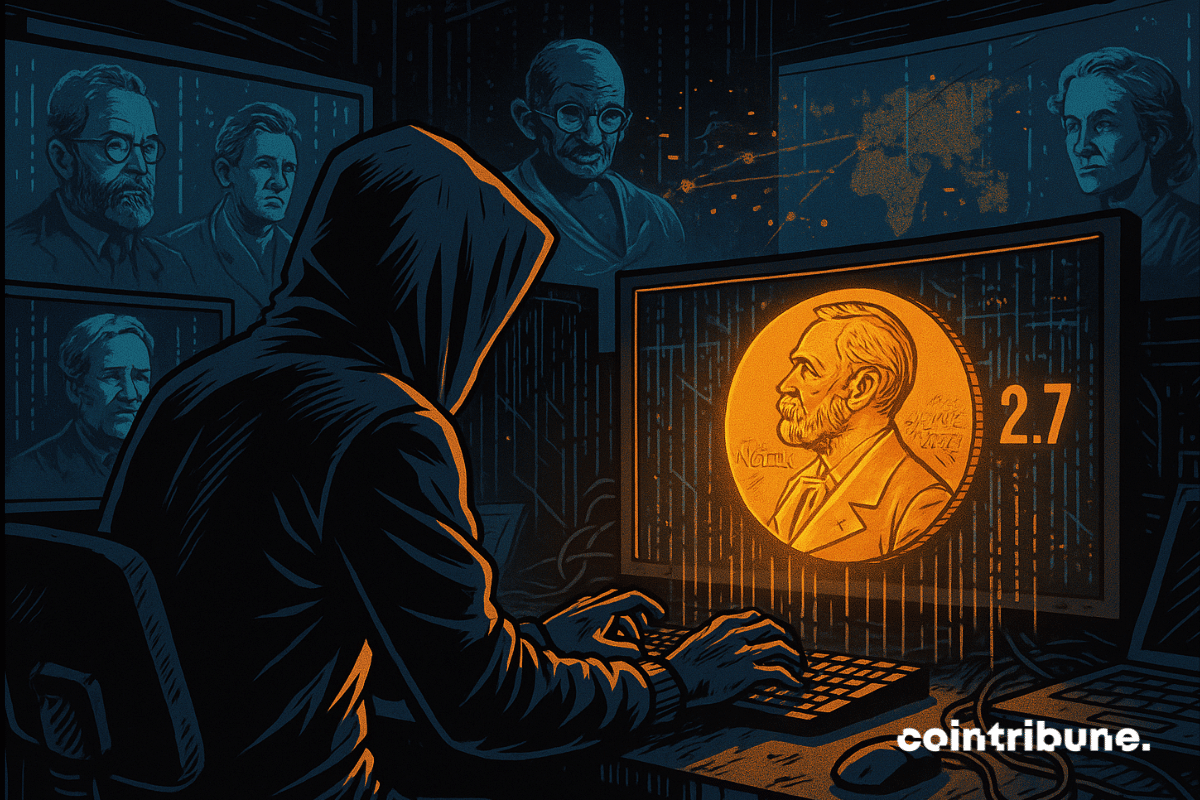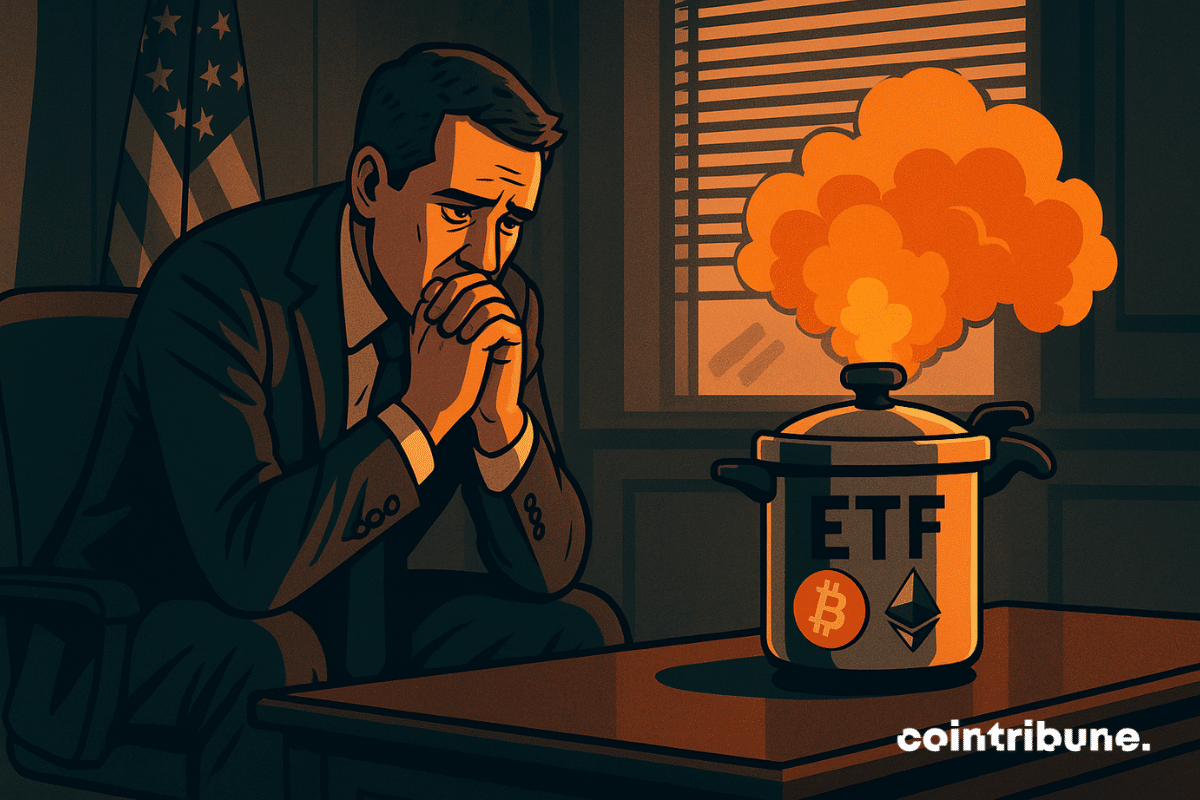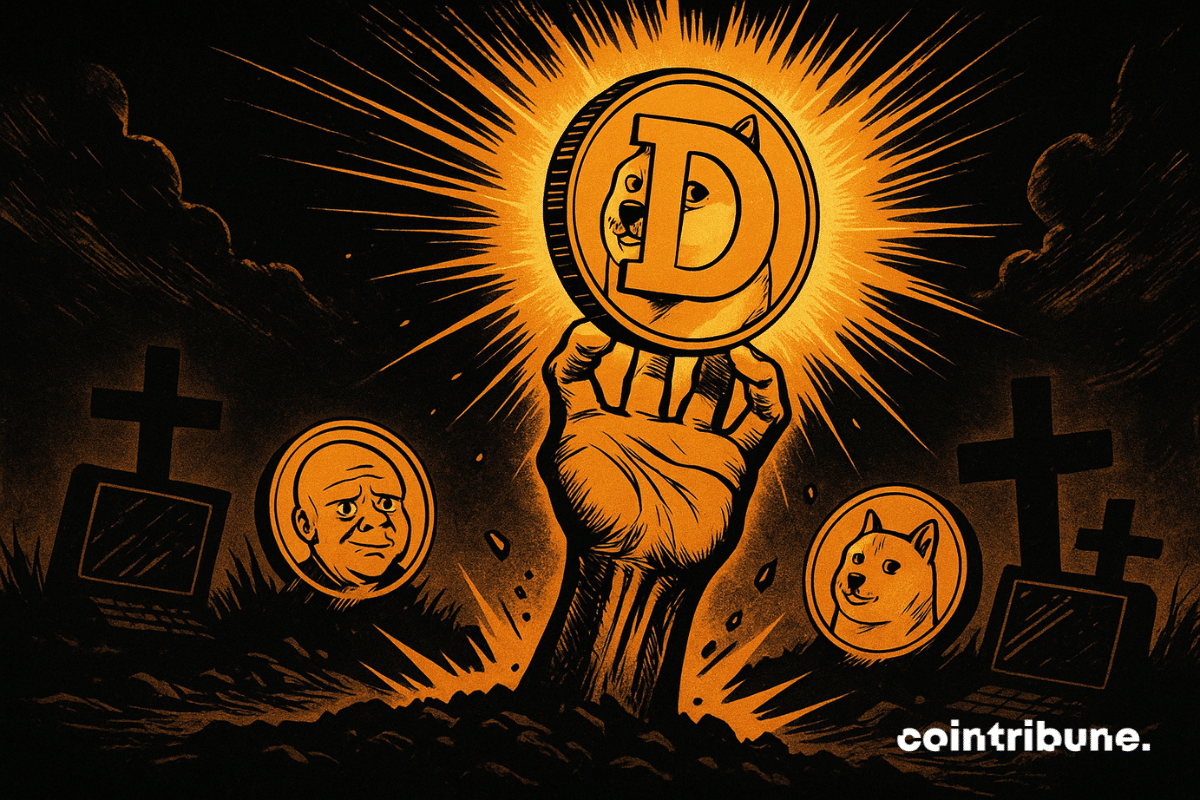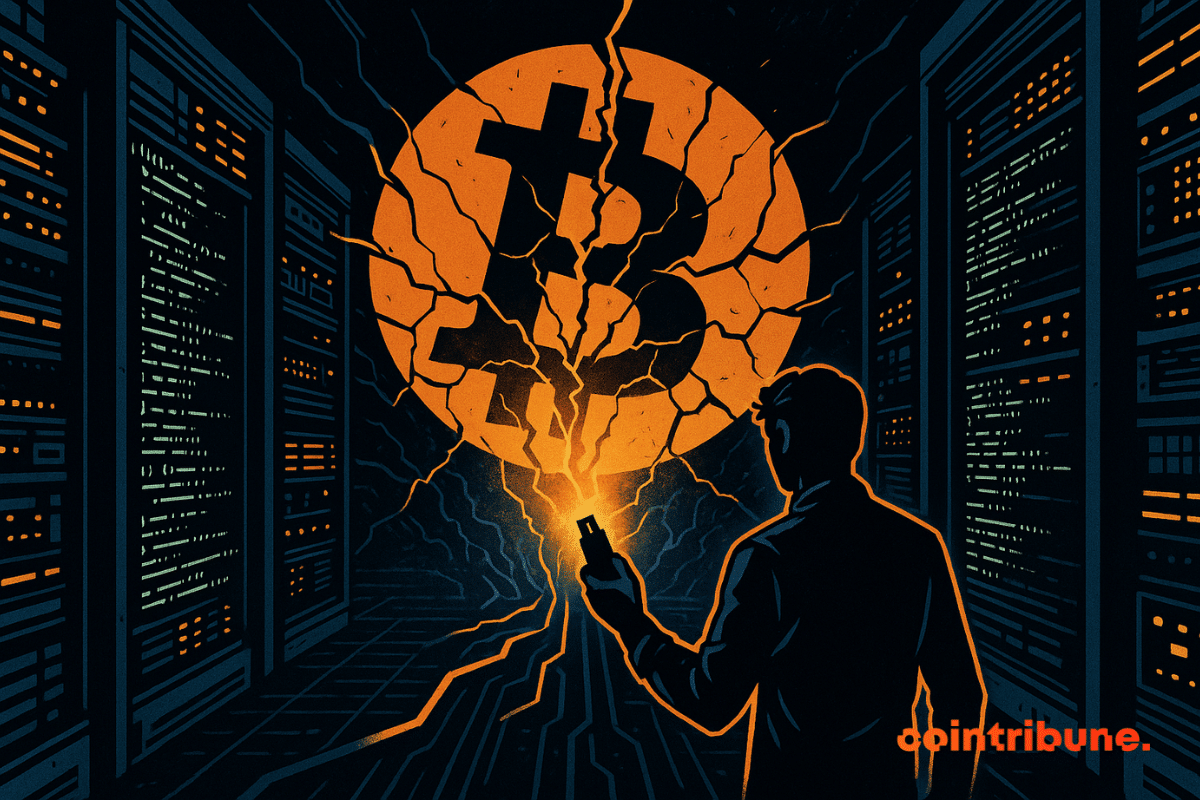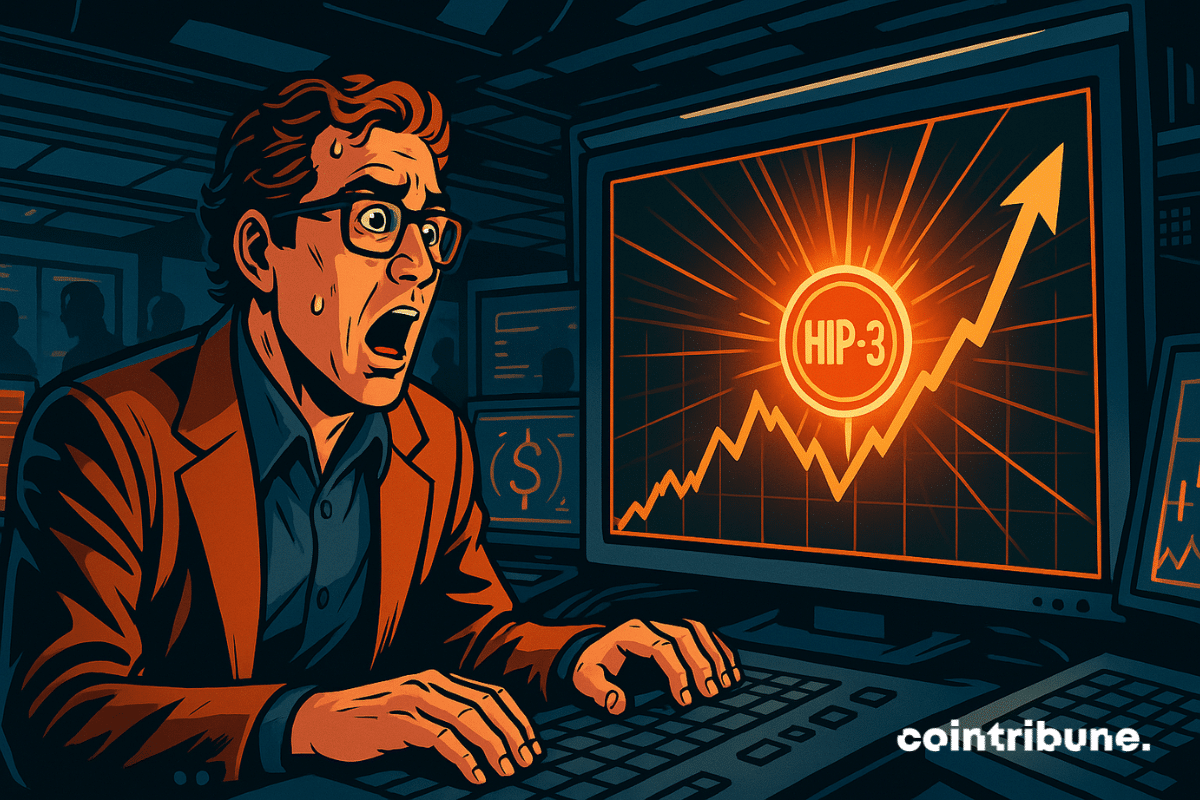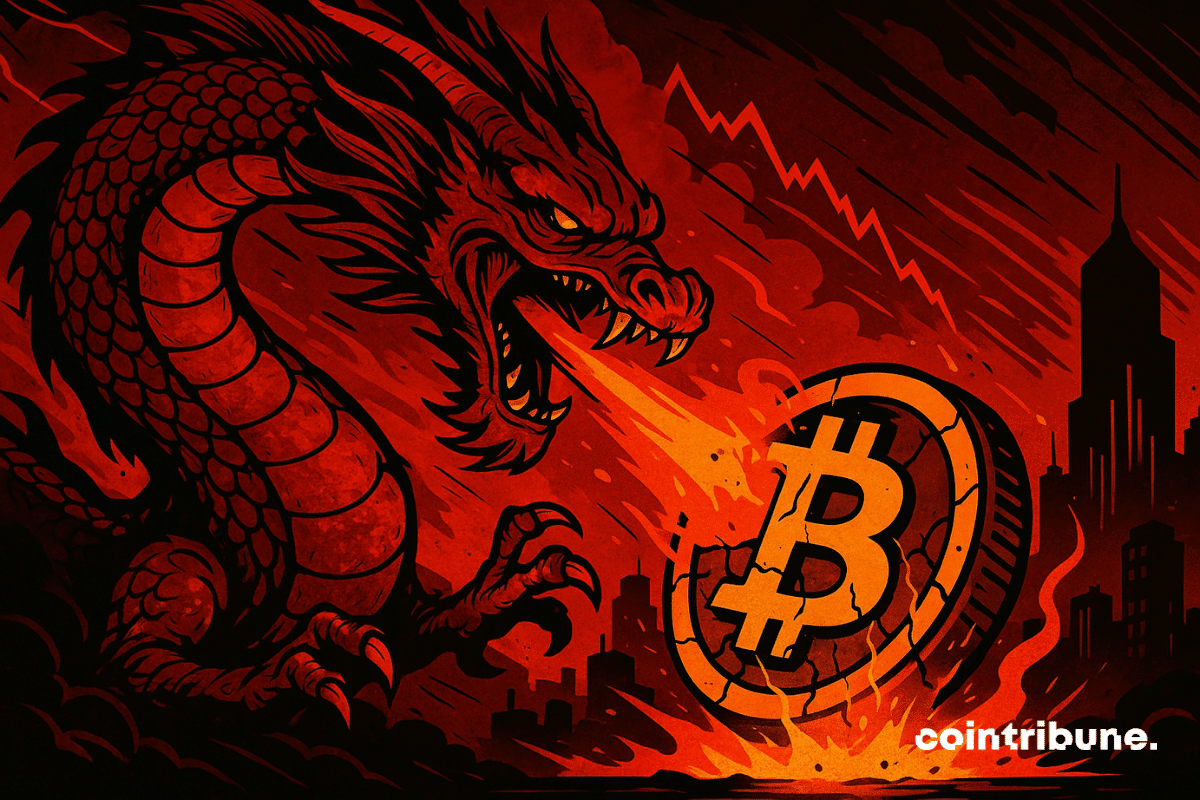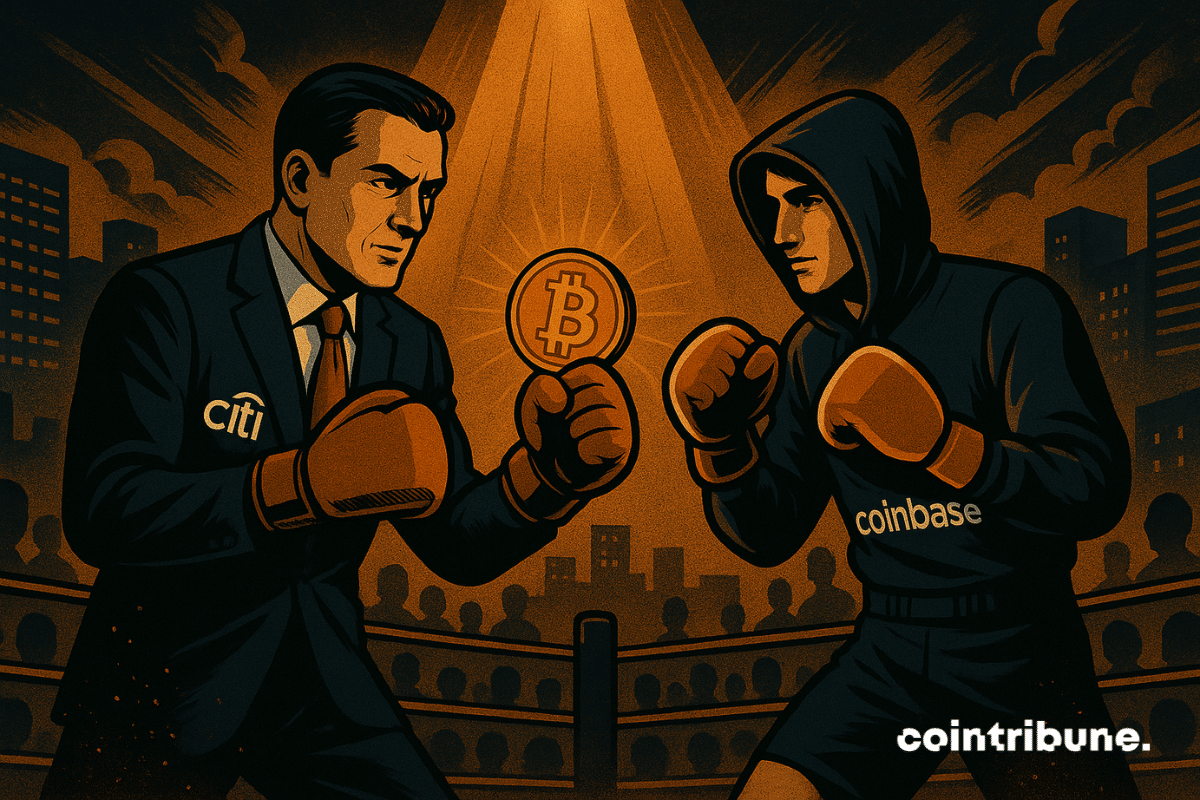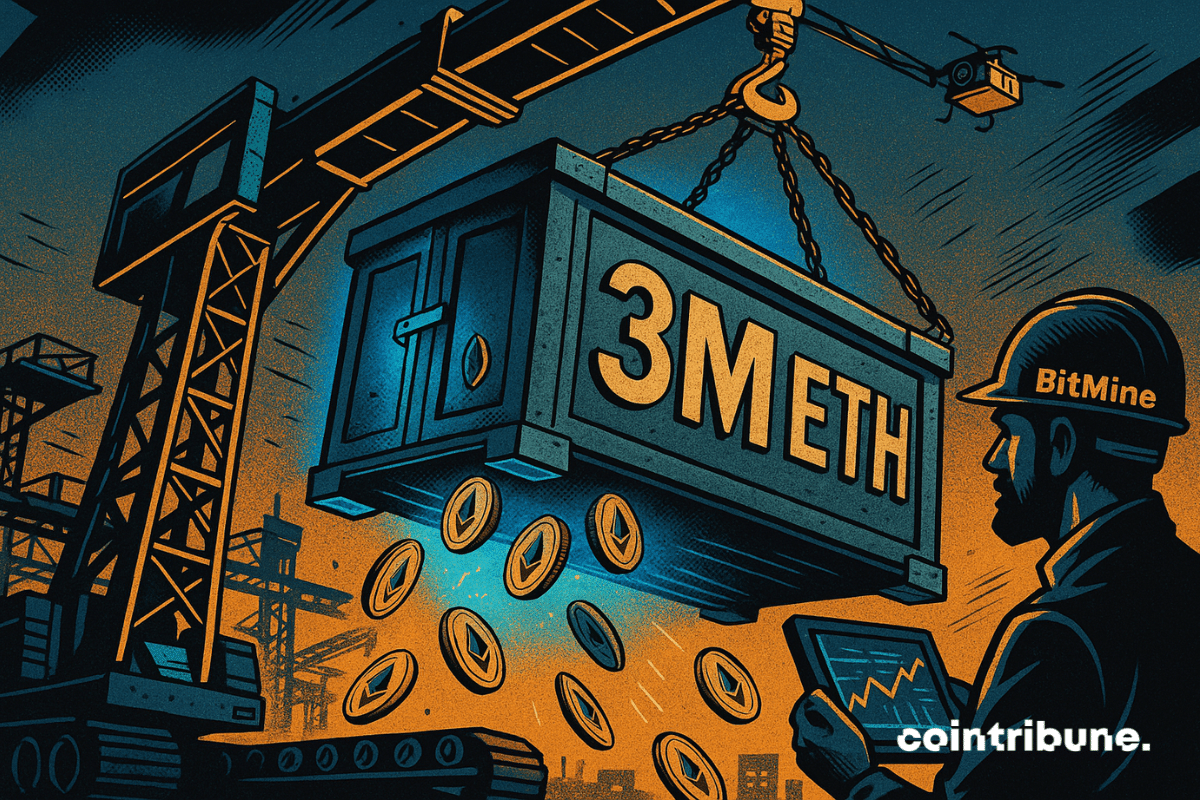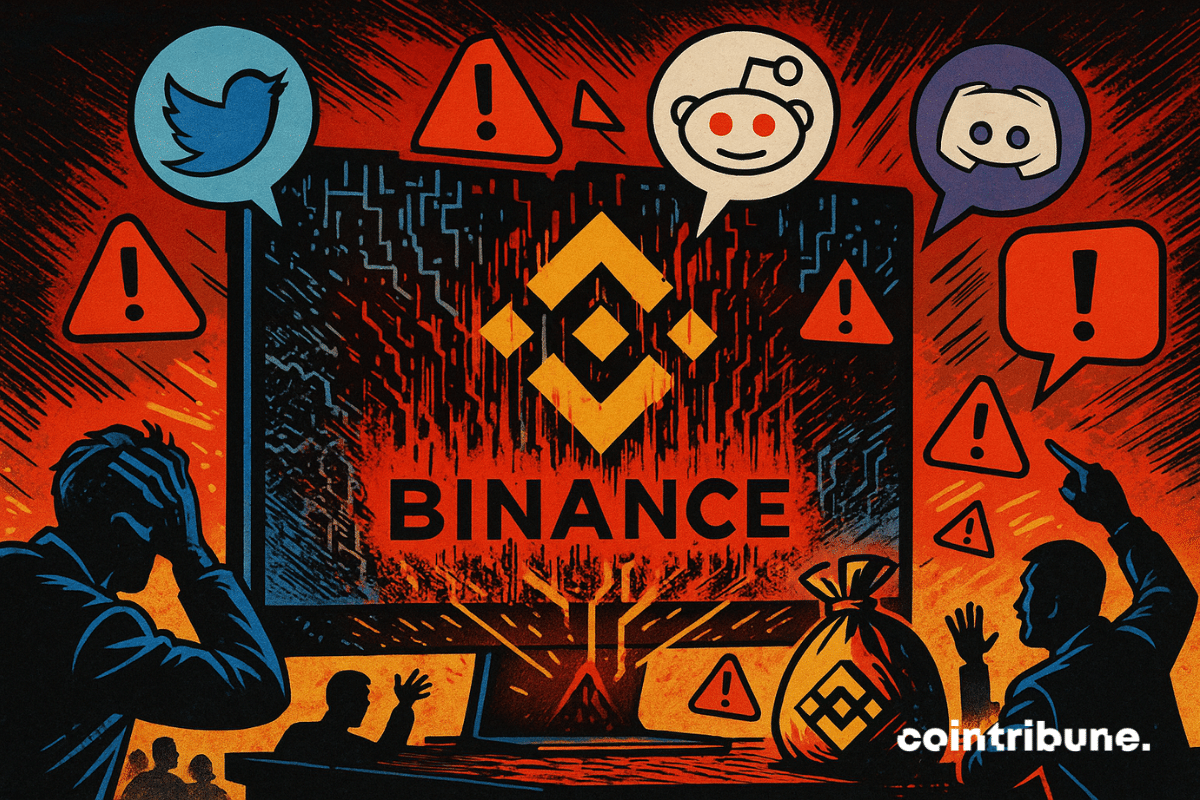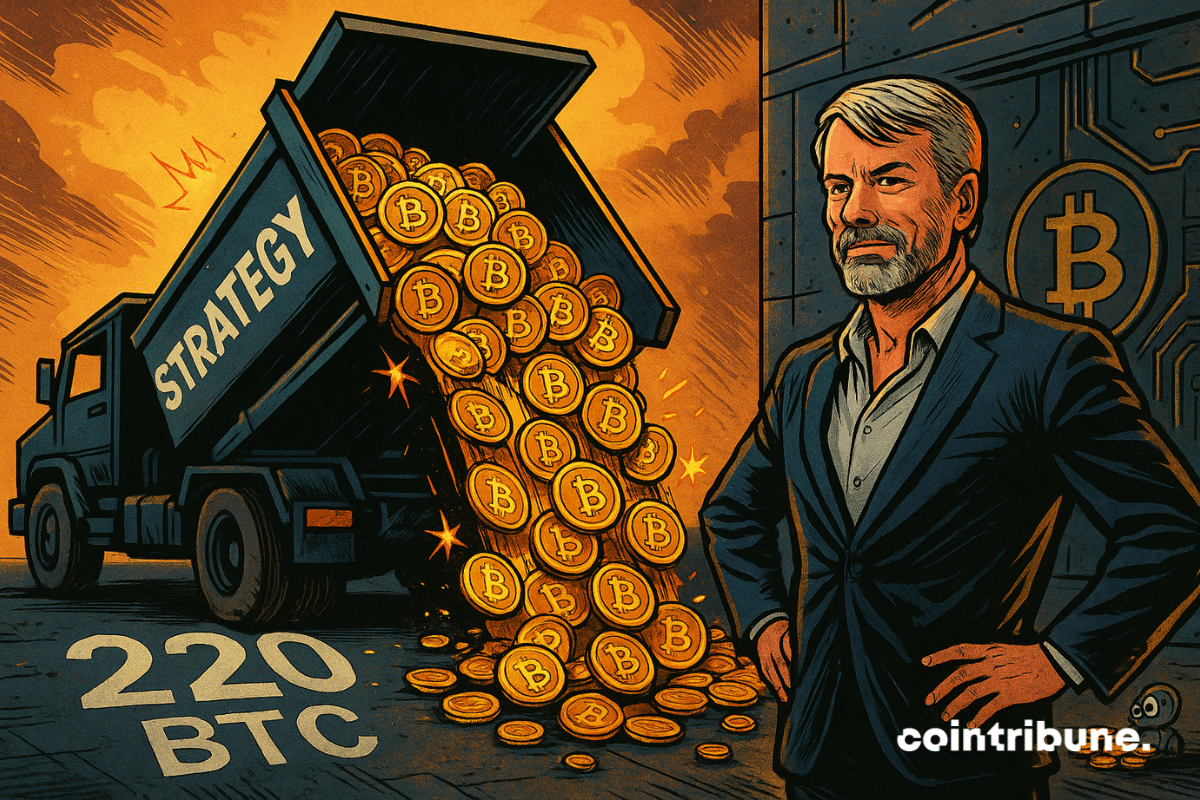Donald Trump declared that the United States is in a trade war with China. This statement, made in Washington, marks an escalation of economic tensions. In the aftermath, the markets wavered. Bitcoin, particularly sensitive to geopolitical shocks, plunged. This declaration comes as the administration targets Chinese technological imports, directly threatening the mining industry. The American trade offensive now takes a strategic turn with immediate repercussions on the crypto ecosystem.
News
Bitcoin dropped as it approached its all-time high. In a few hours, the market erased several billion dollars, revealing once again its extreme volatility. Despite this marked correction, several analysts maintain a bullish scenario, estimating that this pullback does not call into question the underlying trend.
The Hong Kong subsidiary of one of the largest Chinese banks has just made history by tokenizing a colossal fund on the Binance blockchain. A bold initiative that comes in a highly tense regulatory context.
Two crypto bullish stars promise an ETH at $10,000... But between ETFs, staking, and crashes, is the prophecy more of a miracle than a mathematical model?
Crypto crash: NFTs lose $1.2B, then timidly recover. Are investors really coming back? Full breakdown.
The third quarter of 2025 marked a major milestone for the stablecoin market, reflecting growing global adoption and institutional use. Fueled by record DeFi activity and greater regulatory clarity, stablecoins reached historic highs in both supply and transaction volume, solidifying their role as a core pillar of the digital asset economy.
Japan’s financial regulators are planning new rules to prevent insider trading in cryptocurrencies and boost market confidence.
While the market is bleeding, Bitget releases a report: crypto investors still want to load up. 2025, a year of gains... or shocks?
Stablecoins continue to dominate blockchain activity, with Ethereum remaining at the center of this growth. Recent data shows stablecoin transactions on Ethereum hitting record highs, highlighting rising adoption and the network’s expanding role as a global settlement layer. Despite short-term price volatility, network fundamentals remain strong.
In addition to the $283 million distributed on Monday, Binance offers an additional 400 million dollars to support crypto traders after the recent crash. A marketing move or a desperate maneuver to restore investor confidence after the fiasco?
Eric Adams, the self-proclaimed "Bitcoin Mayor" of New York, has just created the very first American municipal office dedicated to digital assets and blockchain. A bold move marking his exit before the scheduled January change of guard.
Last Friday, the crypto market experienced a brutal reversal, with nearly 19 billion dollars of open interest wiped out in a few hours. A correction of such magnitude, even in an ecosystem accustomed to volatility, immediately caught analysts’ attention and revived fears of an uncontrolled collapse. However, behind this spectacular drop, the first analyses reveal a very different scenario, that of a planned deleveraging rather than a generalized panic.
Faced with persistent inflation, geopolitical tensions, and unchecked money creation, investors are seeking solid refuges. Gold and bitcoin, long seen as opposites, now move in tandem. One is a millennial pillar, the other a digital outsider, but their curves converge at a historic level, reigniting the debate on bitcoin's role as digital gold.
As the global race for artificial intelligence accelerates, Elon Musk returns to the crypto spotlight. In a message published on X, the Tesla CEO presents bitcoin as a bulwark against the inflationary drift of fiat currencies, stating that it is "based on energy" and therefore immune to state manipulation. This stance puts the flagship asset back at the heart of international monetary debates.
U.S. Bitcoin and Ethereum ETFs saw a combined $755 million withdrawn as investors pulled back following a volatile weekend and rising market fear.
Crypto phishing explodes in 2025, even targeting official accounts like BNB Chain. Faced with this growing threat, SEAL deploys a solution: a transparent and tamper-proof reporting system. How could this innovation change the game for your digital assets?
Unusual Polymarket bets on Maria Corina Machado surged hours before the Nobel Peace Prize announcement, raising suspicions of insider trading.
Since October 1st, Washington has been paralyzed. Congress remains mired in its budget divisions, and the crypto industry is paying the price: sixteen crypto ETF applications await approval, including funds following Solana, XRP, Litecoin, and Dogecoin. Could this administrative paralysis paradoxically trigger a wave of approvals as soon as reopening?
After one of the steepest selloffs in crypto history, digital assets have begun to recover. A renewed wave of buying has lifted both memecoins and major tokens, driven by easing tensions between the U.S. and China and a rebound in overall market sentiment.
Canary Capital has filed updates for its XRP and Solana ETFs, marking another step toward possible SEC approval.
PORTO, Portugal / Wilmington, DE - October 14, 2025 - Naoris Protocol, the first in production quantum-resistant blockchain and cybersecurity mesh architecture, has announced that Michael Terpin has joined the company as a Strategic Advisor. Widely recognized as the “Godfather of Crypto” by CNBC, Terpin’s strategic investment in Naoris Protocol underscores its leadership in the field of Decentralized Post-Quantum Infrastructure.
Bitcoin v30 expands OP_RETURN, triggering technical discord: between ambitious modernity and betrayal of roots, the protocol's core heats up faster than a saturated node!
Hyperliquid is about to activate on October 13 its HIP-3 upgrade, a revolution that will allow any developer to create perpetual futures markets without prior authorization. This major breakthrough marks a turning point in the decentralization of crypto exchanges.
As the crypto market collapses, BNB hits a record at $1,370. Discover all the details in this article!
Bitcoin collapses, Trump threatens, Beijing counterattacks, and cryptos suffer: meanwhile, Dogecoin still seeks a way out of the crisis. Should we laugh or buy?
The American banking giant Citigroup takes a decisive step into the crypto universe. After years of cautious observation, the New York bank is preparing to offer digital asset custody services as early as 2026. An announcement that comes amid a regulatory environment finally clarified in the United States.
In the middle of a market crash weekend, BitMine invested 827 million dollars to acquire more than 200,000 ETH. The company now holds 2.5% of the total Ethereum supply, confirming its position as the leading institutional player on the asset. In a context of massive liquidations, this targeted move reflects a conscious long-term accumulation strategy.
Binance announces a $45 million BNB airdrop following a crash that led to over $20 billion in liquidations. The measure aims to compensate losses of thousands of memecoin traders. This decision comes as the platform faces pressure over its crisis management, marked by technical problems and criticism concerning transparency.
When a zen kingdom digitizes its papers on Ethereum, Vitalik applauds, miners meditate, and tech giants… go offline. Bhutan, or the art of chaining blockchain to happiness.
Despite the recent drop in the crypto market, Strategy continues its purchases. The American company acquired 220 BTC for $27.2 million, at an average price of $123,561 per unit. With more than 640,000 bitcoins in reserve, it confirms a continuous accumulation strategy, unique among institutional investors.
